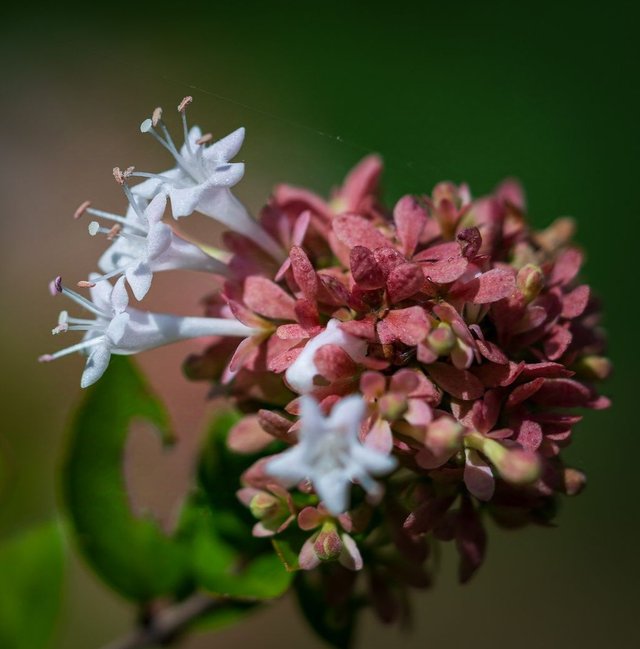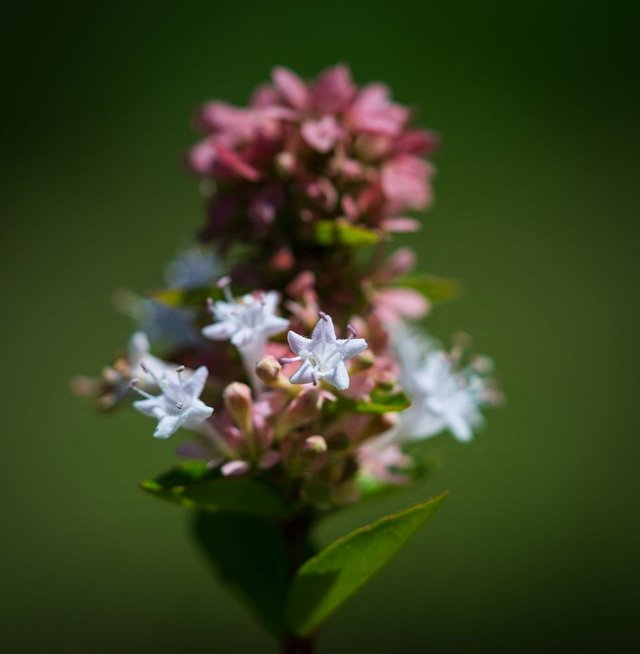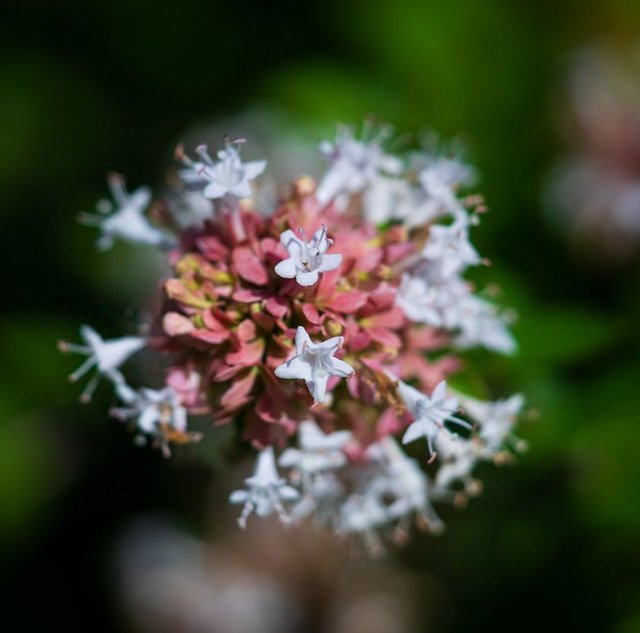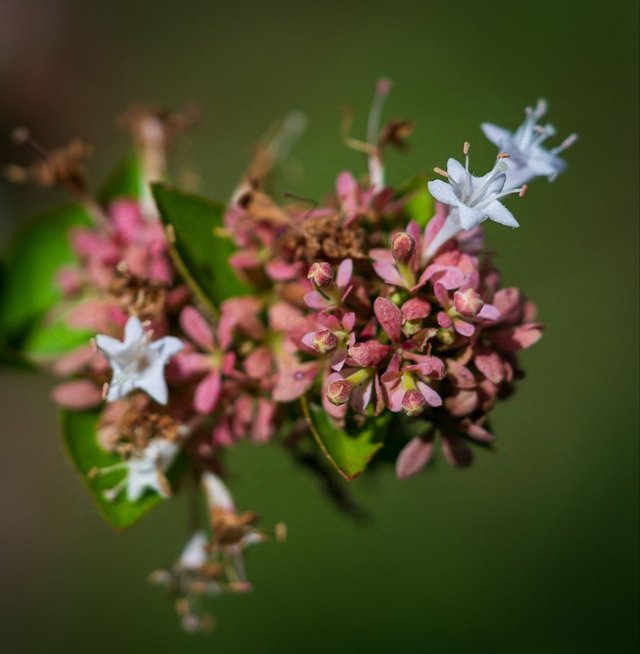Chinese Abelia: A Comprehensive Overview
Chinese Abelia, scientifically known as Abelia chinensis, is a beautiful and versatile flowering shrub that has been cherished for both its ornamental appeal and resilience. This plant belongs to the Caprifoliaceae (honeysuckle) family and is native to China and parts of East Asia. Over the years, it has been widely cultivated in gardens across the world for its striking flowers, aromatic foliage, and overall easy maintenance. In this post, we will explore various aspects of Chinese Abelia, from its history and characteristics to its care and usage in landscape design.
Historical Background
Abelia chinensis was first described in the 19th century by botanist Clarke Abel, after whom the genus "Abelia" is named. Abel, an English surgeon and naturalist, discovered the plant during a botanical expedition in China. Since its discovery, this plant has been appreciated for its elegant form and long flowering period, making it popular among gardeners in Europe and beyond.
Botanical Characteristics
Appearance
Chinese Abelia is a semi-evergreen to deciduous shrub that typically grows between 5 to 6 feet (1.5 to 2 meters) in height, though some cultivars can reach 10 feet (3 meters). Its compact, arching branches form a mounding shape that can add structure to any garden. The leaves are glossy, dark green, and oval-shaped, turning to a purplish-bronze in the fall, adding seasonal interest.
Flowers
One of the most striking features of Abelia chinensis is its abundant and long-lasting floral display. The small, tubular flowers are fragrant and appear in clusters from mid-summer to fall (typically June to October). The blooms are usually white to pale pink, though some varieties may have more intense coloration. These flowers attract a wide array of pollinators, including bees, butterflies, and hummingbirds, making them an excellent choice for pollinator-friendly gardens.




Thanks For Reading
Device Information
| Device | cannon eos 600D |
|---|---|
| Lens | 55-250 zoom leans |
| Location | Myanmar |
